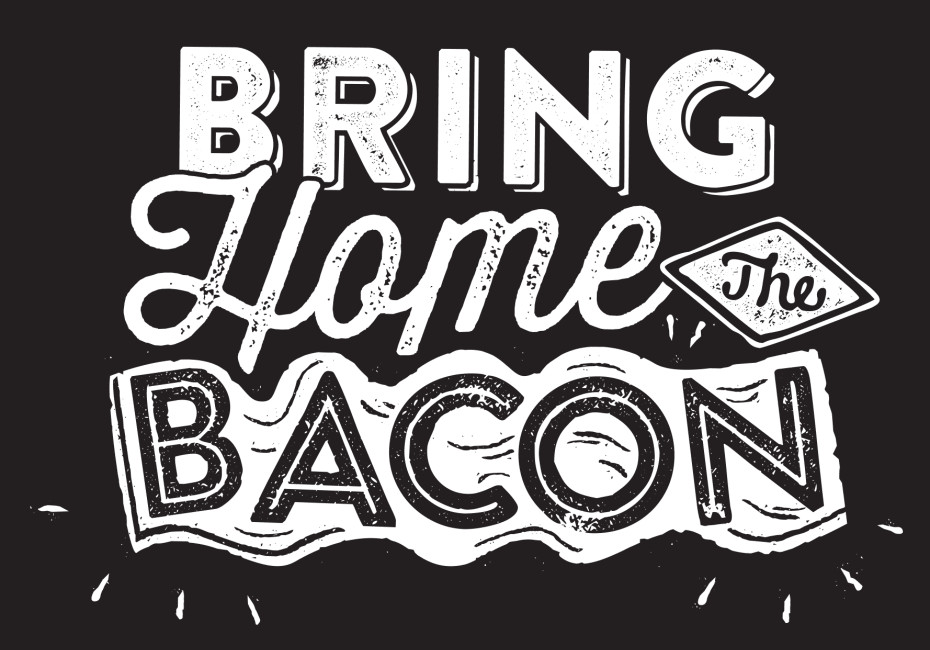Related services
If you’re thinking of giving your marketing a bit of a shake-up then you’ve come to the right place. The Root Studio team have put together a step by step guide to marketing your restaurant (successfully).
First off, the good news is that the recession has had less impact than you might have thought, figures from 2012 have suggested that rather than cutting down on dining out, the general public have tightened the purse strings in other areas in order to make sure they still have the cash available to dine out regularly at their local eateries. So if you’ve been using the recession as an excuse for bad sales then there could be a problem with your marketing strategy, not the economy. But never fear, our top tips for advertising your restaurant could help stir up some business for you.
OK, let’s start at the beginning, getting your brand right…
Your branding
Your restaurant’s name, its logo, signage, tone of voice, character and its personality are all decisions that should really be made before you start designing the restaurant itself or even its menu. A good starting point would be to set a short list of brand values that you are passionate about and once you’ve decided on them, stick to them - be it quality produce, excellent service or low prices, these values should be carried forward into your marketing and day-to-day activities in and around the restaurant.
Your logo will become the face of your business, it doesn’t need to spell out exactly what you do (so you don’t necessarily need to include knives and forks or a steaming mug of coffee) just hint at your brand’s personality - your marketing will help make things perfectly clear. Getting your restaurant’s logo design and its branding right is key. Working with your design team, you can perform some valuable early market research. See what’s out there, and perhaps more importantly - what isn’t, before you get started.
Performing market research
‘Market research’ might sound complicated but you don’t need a degree in business to find out the essentials. We’ve put together a short list of things that you and your team can do right now.
If your business is already up and running take a look around during service, make a note of who’s dining and at what times, what sized groups are they visiting in and what are they ordering. You’ll soon notice trends, they may change depending upon the time of day or even the time of year but being able to predict these trends could allow you to get a step ahead with targeting your marketing to the right audience. If you’re not already up and running then this will be a bit more difficult. Once you’ve determined who your target market is likely to be, you can start looking for where your potential customers are going to come from and you can ask them questions to find out what you need to know.
It’s important to capture information from your current and/or potential customers as regularly as possible, this can be through a simple newsletter sign-up form on your website (services such as Mailchimp are great for sending out targeted email newsletters) or through competition entries and feedback cards.
Once you think you’ve identified your existing or potential audience you could do with finding out a bit more about them and their habits. A quick survey could help you here. Perhaps offer an incentive for your customers to complete an online questionnaire. Within the survey you need to include questions that will discover the dining habits of your target market - what time do they eat when they go out? How much do they like to spend? What do they look for in a restaurant? What would make them go out for a meal rather than stay in? Making assumptions in these areas could be a mistake, what you find out during your research could surprise you.
“The average spend for a meal out with wine is between £20 and £39 per head ”
Auditel.co.uk
Finding out how much your target audience are likely to spend will allow you to source your produce and design your menu accordingly. Likewise, discovering your customers’ dining habits (time of day etc.) can allow you to target your marketing more effectively.
Defining your product
Within a 10 minute stroll from my house there are a wide range of Italian restaurants for me to choose from and typically a new establishment will open up every couple of years or so. Is it simply enough for these businesses to focus on ‘being the best Italian restaurant in town’ or having ‘the best pasta’ or ‘the best pizza’? The problem with trying to be the ‘best’ in a diluted market place is that it’s subjective.
The only way to get around this is to do something different - that way there will be no doubt that you are the ‘very best’ at what you’re doing because you’re the only one doing it. This USP (Unique Selling Point) can range from something small like a specialist section of your menu or the unusual presentation of your food, drink or restaurant, to something more substantial like your choice of cuisine altogether. In case you were thinking that your quality food and service were your USP - you’re wrong. Every restaurant will be thinking that they offer the best food in town and they will be telling their customers the same. Above all you need to stand out as doing something different from your competitors, otherwise from a consumer’s perspective you’ll just be another Italian restaurant offering the same menu as the place down the road.
Timing
Don’t, whatever you do, leave your marketing until 1 or 2 weeks before you open your restaurant. A successful opening should be the result of meticulous planning and 4-6 months of marketing and PR. Creating anticipation with the locals prior to opening your new restaurant will create a real buzz come launch day.
Your local presence
Make your restaurant noteworthy within the local area - if you create a good image amongst those living nearby they’ll be happy to join you next time their friends are over from out of town.
So how can you create good PR? There’s lots of things you can do, such as hosting a charity event or making a healthy donation to a worthy cause. You could help with the catering at a local event or even try keeping a food blog and offer a cookery course for competition winners. Don’t be afraid to invite critics to dine with you and just get involved wherever you can.
Make yourself appealing to local businesses by offering discounts or meal deals for regular custom. Their workers will be out looking for a bite to eat every lunchtime and their daily visits could form your bread and butter. Beware though, don’t make any offers that you can’t sustain.
Advertising in your local paper or local glossy magazines can also increase footfall but they can be costly as you will need to keep adverts popping up regularly to really build up a recognisable presence in the market. There’s often a fair bit of movement on price with local publications so make sure you get the best price - try to make it worth their while by booking a series of adverts throughout the year and don’t forget to ask for editorial space to go alongside a few of those well-timed ads. A good write-up about your restaurant can make for a more lasting impression that the advert itself.
“Research clearly shows that ads that look like editorial articles get 500% more readership than ads that obviously look like ads. People don’t buy magazines or newspapers to read the ads, do they? ”
Marketing-Business-Consulting.com
Word of mouth is another great tool at your disposal, and it’s free! It’s also one of the easiest things you can do to ensure repeat custom. If you provide a good service in a clean and comfortable environment, word will inevitably spread and people will return for second helpings.
Plan your year
Make a list of national holidays, school breaks and local events and add them to your calendar so that you can market your business accordingly. Planning your marketing approach to each event in advance will allow you to control your spending throughout the year and anticipate busy and quiet periods alike.
What's in part 2
Part two of this study looks at how you can improve your online presence. This includes your website and the things you should feature on it, SEO, review sites and of course, social media.
If you'd like to discuss any of the points raised in this article and how they could be applied to your business just get in touch.
For more news follow us @rootstudiouk
Similar posts

In a world crammed with endless scrolling, pop-ups, flashing offers and ‘read more’ rabbit holes, the real competition isn’t just other businesses - it’s cognitive overload.

Most websites don’t have a traffic problem - they have a conversion problem. Conversion Rate Optimisation (CRO) is simply about spotting issues and opportunities and gently guiding more of your visitors to take action.

